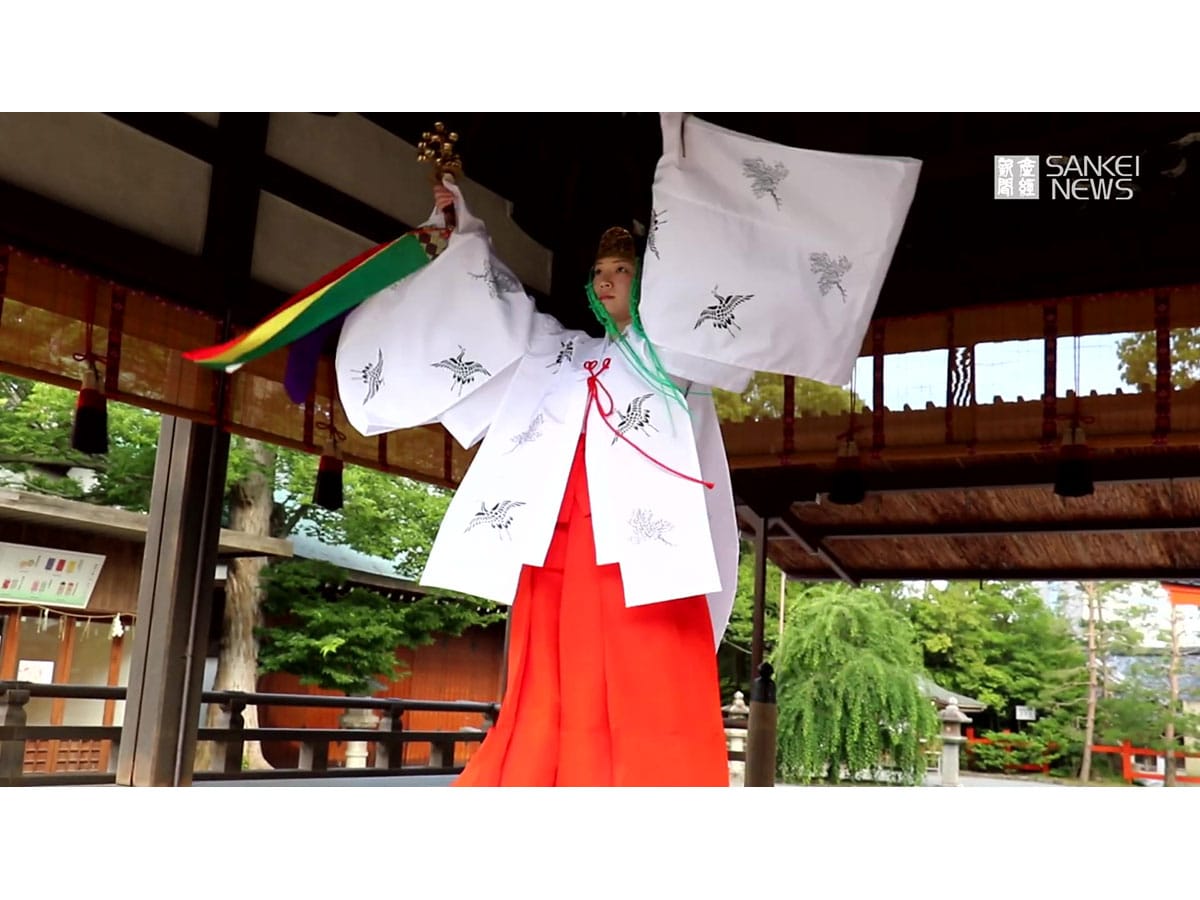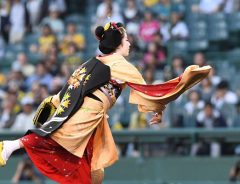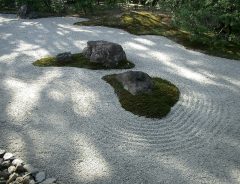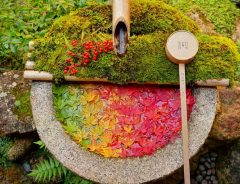
Source: © YouTube: "京都・城南宮で「夏越の祓」を前に神楽を披露” | © Sankei News
Shrine maiden at Kyoto’s Jōnangū Shrine performs sacred mid-summer kagura dance
- Tags:
- Jōnangū Shrine / Kagura / Kyoto / Shrine Maiden
Related Article
-

Restoring an ancient pilgrimage pathway in Northern Kyōto – the old Miyazu Kodō
-

Japan’s Sightseeing Train Boasts Traditional and Stylish Interior Design Inspired by Kyoto Townhouses
-

Unleash The Green! Famous Kyoto Green Tea Shop Releases Matcha Curry
-

[Hidden Wonders of Japan] A Maiko Does the Ceremonial First Pitch at Koshien Baseball Stadium
-

The Best Temples in Kyoto to Experience Zen Meditation
-

Kyoto photographer shows the beauty of autumn through gorgeous foliage photos


A peaceful and delightful shrine situated in Fushimi Ward, southern Kyoto, away from the more crowded areas of he city, Jōnangū has beautiful flowers and foliage during all seasons, but it's particularly known for its weeping plum blossoms in late winter and early spring. The gods of the shrine are said to have control over direction-based luck, so it is often visited by those seeking safety and good luck for driving.
© Sankei News
Sacred Kagura dances are performed during festivals and special occasions throughout the year by shrine maidens dressed in distinctive white and red clothing.
Today, June 30th, the shrine conducts a special ritual called the Nagoshi no Harae 夏越の祓 to cast out the sins and impurities collected in the first half of the year and pray to be free from sickness and disaster in the second half. With the ongoing novel coronavirus pandemic, the ceremony obviously had a deeper significance this year.
In order to prepare for this event, every day at 10 am, noon and 2 pm in the days leading up to the Nagoshi no Harae, a shrine maiden performed a Kagura dance.
© Sankei News
Swinging a hoko 鉾 lance believed to have the power to cast out evil, quell disease and ward off disaster, the shrine maiden purified the heavens and earth, then rang a bell with her right hand as she danced.
© Sankei News
© Sankei News
There was also a chinowa 茅の輪 (cogon grass ring) set up in front of the shrine. Leading by example, a shrine maiden demonstrated how you can walk through the ring to further purify yourself and wish for good fortune during the rest of the year.
© Sankei News